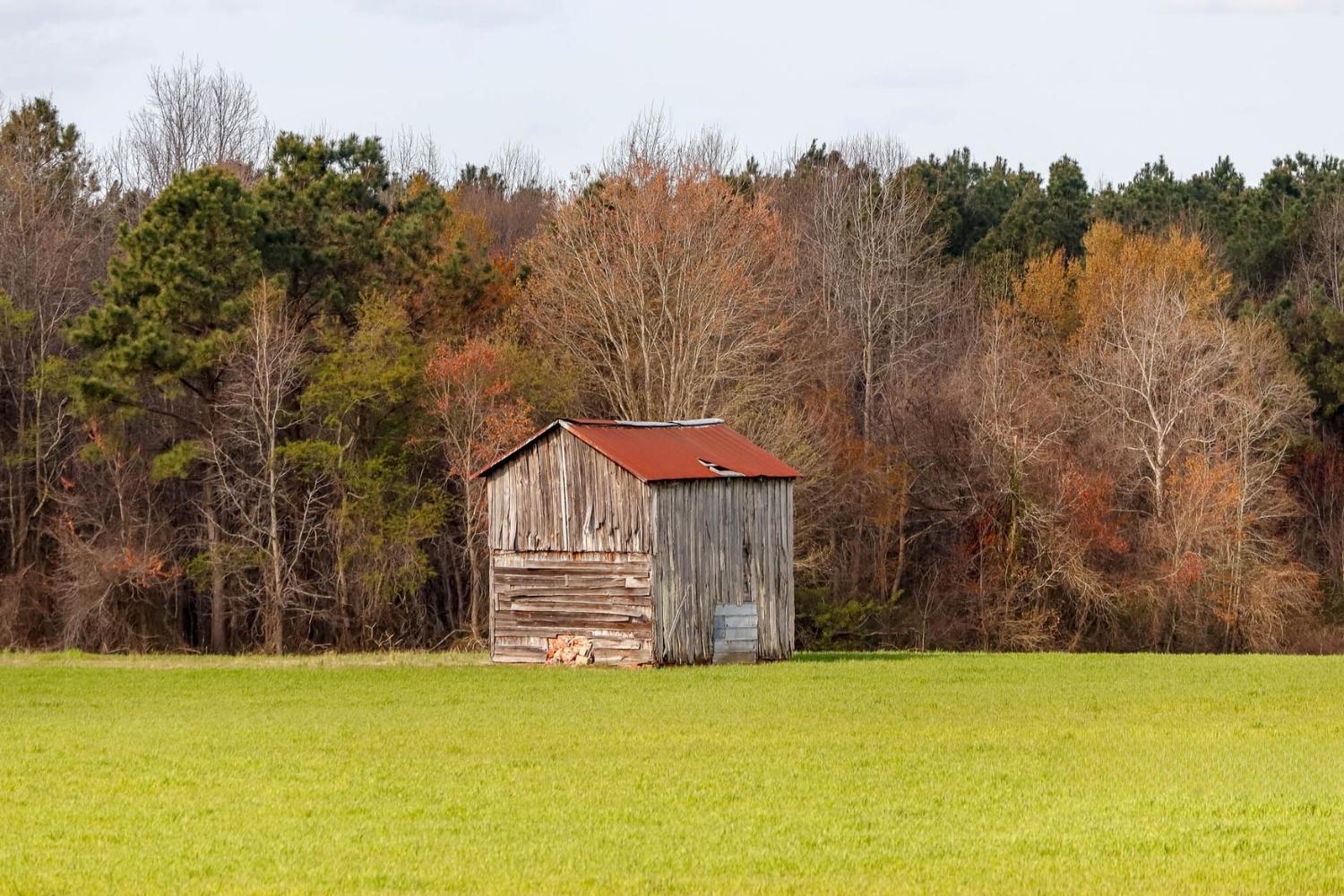Mysteries Of North Carolina’s Tobacco Barns

Have you ever wondered about the history behind North Carolina's tobacco barns? These rustic structures dot the countryside, each telling a story of the state's rich agricultural past. Built primarily in the 19th and early 20th centuries, these barns were essential for curing tobacco leaves, a process crucial for producing high-quality tobacco. Today, many of these barns stand as silent witnesses to a bygone era, offering a glimpse into the lives of the farmers who once toiled within their wooden walls. Whether you're a history buff or just curious, exploring these barns can be a fascinating journey through time.
Mysteries of North Carolina's Tobacco Barns
North Carolina's tobacco barns hold secrets of the past. These structures, scattered across the countryside, tell stories of a bygone era. Let's explore some of the most intriguing tobacco barns in North Carolina.
Hidden Gems in the Piedmont Region
The Piedmont region, known for its rolling hills and fertile soil, is home to some of the most fascinating tobacco barns. Each barn has its own unique charm and history.
Brightleaf Barn
Located near Durham, this barn showcases the traditional brightleaf curing method. Its weathered wood and rustic charm make it a perfect spot for history buffs.Old Gilliam Mill Barn
This barn in Sanford is part of a historic site that includes a gristmill. The barn's architecture reflects the ingenuity of early tobacco farmers.Cedar Grove Barn
Nestled in Orange County, this barn stands as a testament to the region's rich agricultural heritage. Its sturdy construction has withstood the test of time.
Coastal Plains' Agricultural Heritage
The Coastal Plains region, with its flatlands and rich soil, has a long history of tobacco farming. The barns here are a window into the past, showcasing the evolution of tobacco curing techniques.
Edgecombe County Barn
This barn near Tarboro is a prime example of the flue-curing method. Its tall, narrow structure was designed to maximize airflow and ensure even drying of tobacco leaves.Wilson County Barn
Known for its distinctive red paint, this barn stands out against the green fields. It represents the prosperity that tobacco brought to the region.Nash County Barn
Located in Rocky Mount, this barn features a unique combination of wood and brick. It highlights the transition from traditional to more modern building materials.
Mountain Region's Rustic Charm
The Mountain region of North Carolina offers a different perspective on tobacco barns. These barns, often built on steep slopes, reflect the resourcefulness of mountain farmers.
Ashe County Barn
Perched on a hillside, this barn offers stunning views of the surrounding mountains. Its design incorporates local materials, blending seamlessly with the landscape.Madison County Barn
This barn near Marshall is a rare example of a log tobacco barn. Its construction showcases the craftsmanship of early settlers.Yancey County Barn
Located in Burnsville, this barn features a unique stone foundation. It stands as a monument to the hard work and determination of mountain farmers.
Preserving the Legacy
Efforts to preserve these historic barns are crucial for maintaining North Carolina's agricultural heritage. Many organizations and individuals are working tirelessly to ensure these structures remain for future generations.
Tobacco Farm Life Museum Barn
Located in Kenly, this barn is part of a larger museum dedicated to preserving the history of tobacco farming. Visitors can learn about the entire process, from planting to curing.Historic Oak View County Park Barn
This barn in Raleigh is part of a historic site that offers educational programs about the region's agricultural history. Its preservation efforts highlight the importance of these structures.Duke Homestead Barn
Situated in Durham, this barn is part of the Duke Homestead State Historic Site. It provides a glimpse into the life of one of North Carolina's most famous tobacco families.
These barns are more than just buildings; they are symbols of North Carolina's rich agricultural history. Each one has a story to tell, waiting to be uncovered.
Preserving a Piece of History
North Carolina's tobacco barns are more than just old buildings. They tell stories of the past, showing how farming shaped the state. These structures, with their weathered wood and unique designs, are a glimpse into a time when tobacco was king. Visiting these barns offers a chance to connect with history, understand the hard work of farmers, and appreciate the craftsmanship that went into building them. Efforts to preserve these barns are crucial. They help keep the stories alive for future generations. Next time you're in North Carolina, take a moment to explore these barns. You'll find more than just old wood and nails; you'll find a piece of history that continues to stand strong. Protecting these barns ensures that the legacy of North Carolina's tobacco farming heritage remains intact for years to come.

